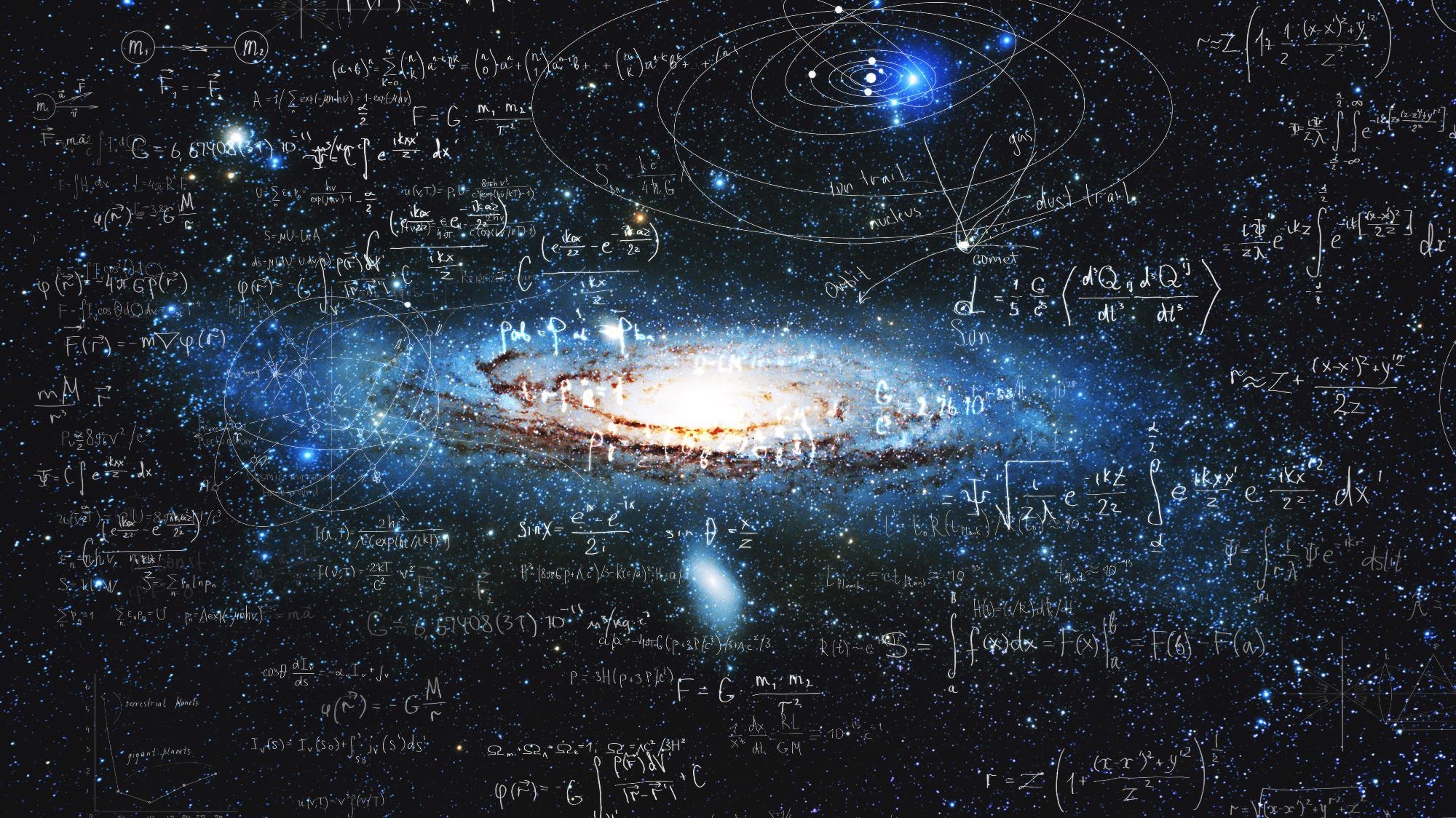Researchers at the University of Cambridge have shown that complex many-body systems such as prethermal discrete time crystals (DTCs) do not need to be modeled using quantum mechanics. In fact, a computer simulation using classical Hamiltonian dynamics clearly demonstrated the properties of prethermal DTCs.

Image Credit: Shutterstock.com/ Lia Koltyrina
Prethermal DTCs open up the possibility of studying many-body systems and non-equilibrium phenomena. Time crystals were first proposed by the Nobel Prize-winning physicist Frank Wilczek in 2012.
If you think about crystals in space, it’s very natural also to think about the classification of crystalline behavior in time.
Prof. Frank Wilczek, 2004 Nobel Prize winner for Physics
A Brief History of Discrete Time Crystals
Take a diamond, for example. It is a crystalline mass of carbon atoms. This mass is governed by the same laws of physics everywhere in space. Yet it exhibits periodic variations in space since carbon atoms are arranged at lattice points. In other words, it breaks space-translation symmetry.
What Wilczek proposed was a multi-part object (such as diamond) that breaks time-translation symmetry: an object in thermal equilibrium that undergoes periodic motion, returning to its initial configuration at regular intervals. You could argue that a clock hand does exactly the same thing.
The fundamental difference is that time crystals require no input of energy - like a clock that needs a battery - and oscillate indefinitely in a state of equilibrium. This seemingly violates the second law of thermodynamics that states that the entropy in many-body systems should always increase.
Discrete Time Crystals - A New Phase of Matter
Prethermal DTCs might be thought of as a new phase matter, a perpetual motion machine that cycles between states without consuming energy.
Initially, discrete time crystals were thought to be governed entirely by the laws of quantum mechanics: a set of laws counter-intuitive to our everyday experience where particles can be in two places at once.
Indeed, Wilczek proposed that time crystals be created by applying a magnetic field across a ring of quantum particles. These particles would then clump together and rotate periodically around the ring, thus exhibiting the properties of a time crystal.
Whenever new discoveries are made, it is often tempting to seek complex explanations. However, sometimes a simpler approach works best.
We thought they were fundamentally quantum phenomena, but it turns out a simpler classical approach let us learn more about them.
Andrea Pizzi, PhD Researcher, Cambridge University
Classical Physics Sheds Light on Discrete Time Crystals
DTCs have opened up new fields of investigation. Indeed, quantum computing, an emerging field in itself, is being considered for modeling DTCs.
Prethermal DTCs are systems that can be driven for extended periods of time until thermalization sets in. As such, they are relatively simple systems. Yet, quantum theories are complicated, and with technologies like quantum computers still in the early stages, the vast amount of computing resources required are prohibitive.
However, Pizzi and the research team at Cambridge University's Cavendish Laboratory found that they could model the behaviors of prethermal DTCs to a high degree of accuracy, using nothing more than classical Hamiltonian dynamics.
The researchers modeled the application of spins (or drives) on quantum particles under the action of a periodic magnetic field which neatly demonstrated the properties of prethermal DTCs. It showed that the system of particles oscillated for time periods much larger than the time taken to apply the spins.
It’s surprising how clean this method is. It allows us to look at larger systems, it makes very clear what’s going on.
Andrea Pizzi, PhD Researcher, Cambridge University
This opens up the possibility of studying complex many-body systems and non-equilibrium phenomena without contending with the quantum interference which often plagues quantum simulations.
References and Further Reading
- Andrea Pizzi, Andreas Nunnenkamp, Johannes Knolle. ‘Classical Prethermal Phases of Matter.’ Physical Review Letters (2021). DOI: 10.1103/PhysRevLett.127.140602
- Andrea Pizzi, Andreas Nunnenkamp, Johannes Knolle. ‘Classical approaches to prethermal discrete time crystals in one, two, and three dimensions.’ Physical Review B (2021). DOI: 10.1103/PhysRevB.104.094308
- Back to basics’ approach helps unravel new phase of matter. (2021). https://www.cam.ac.uk/research/news/back-to-basics-approach-helps-unravel-new-phase-of-matter
- Wolchover N. (2021) Quantamagazine.org. https://www.quantamagazine.org/first-time-crystal-built-using-googles-quantum-computer-20210730/
Disclaimer: The views expressed here are those of the author expressed in their private capacity and do not necessarily represent the views of AZoM.com Limited T/A AZoNetwork the owner and operator of this website. This disclaimer forms part of the Terms and conditions of use of this website.